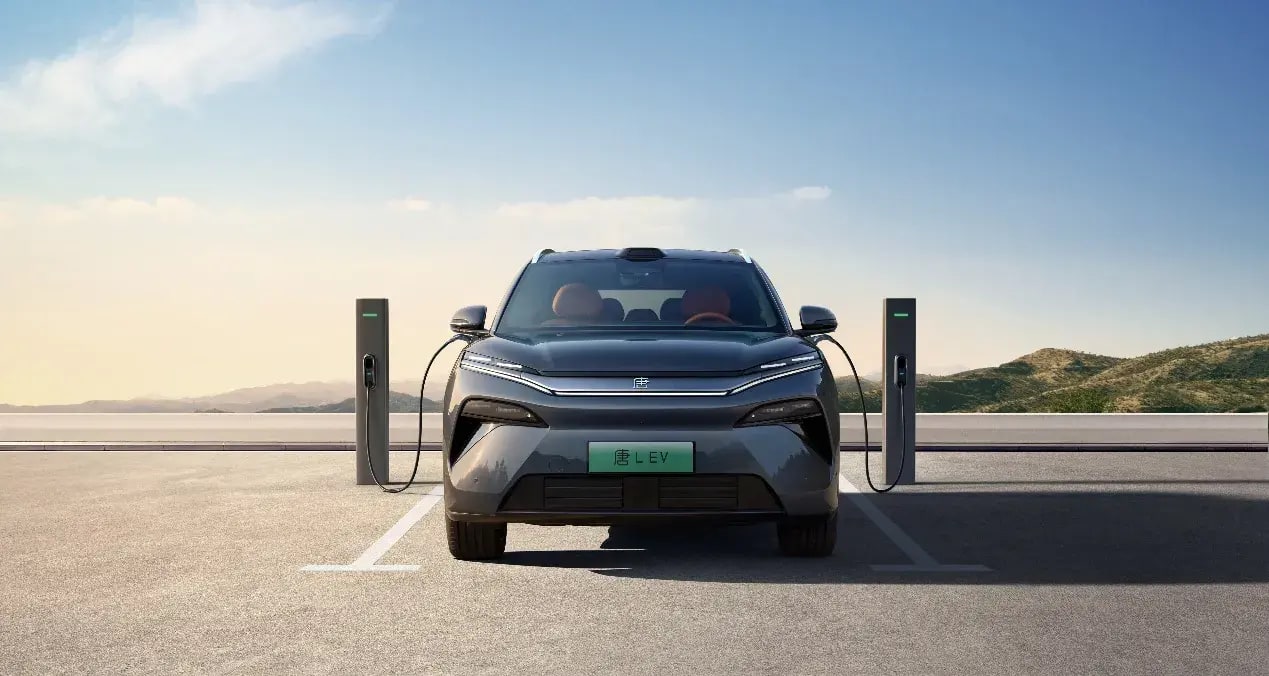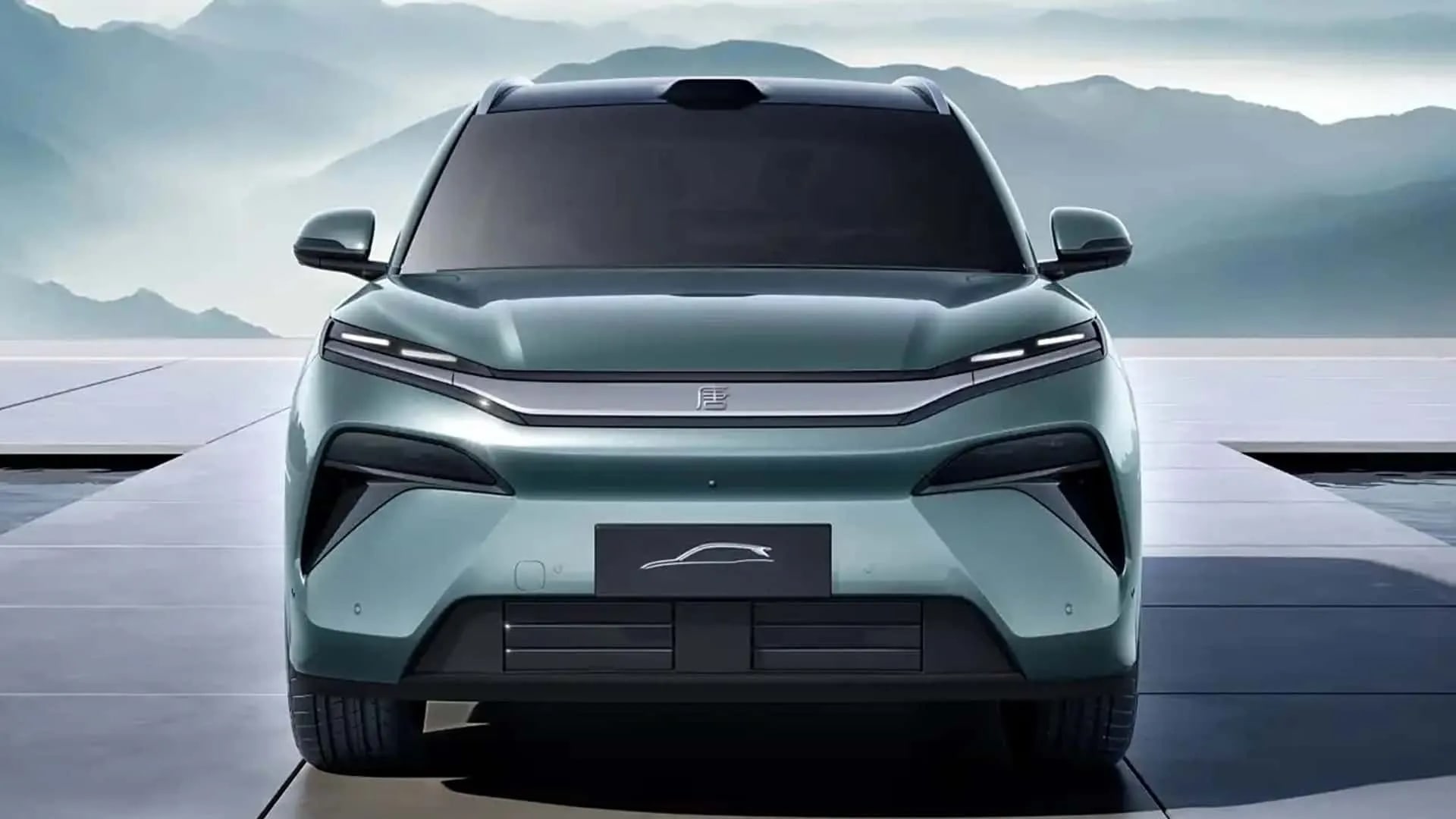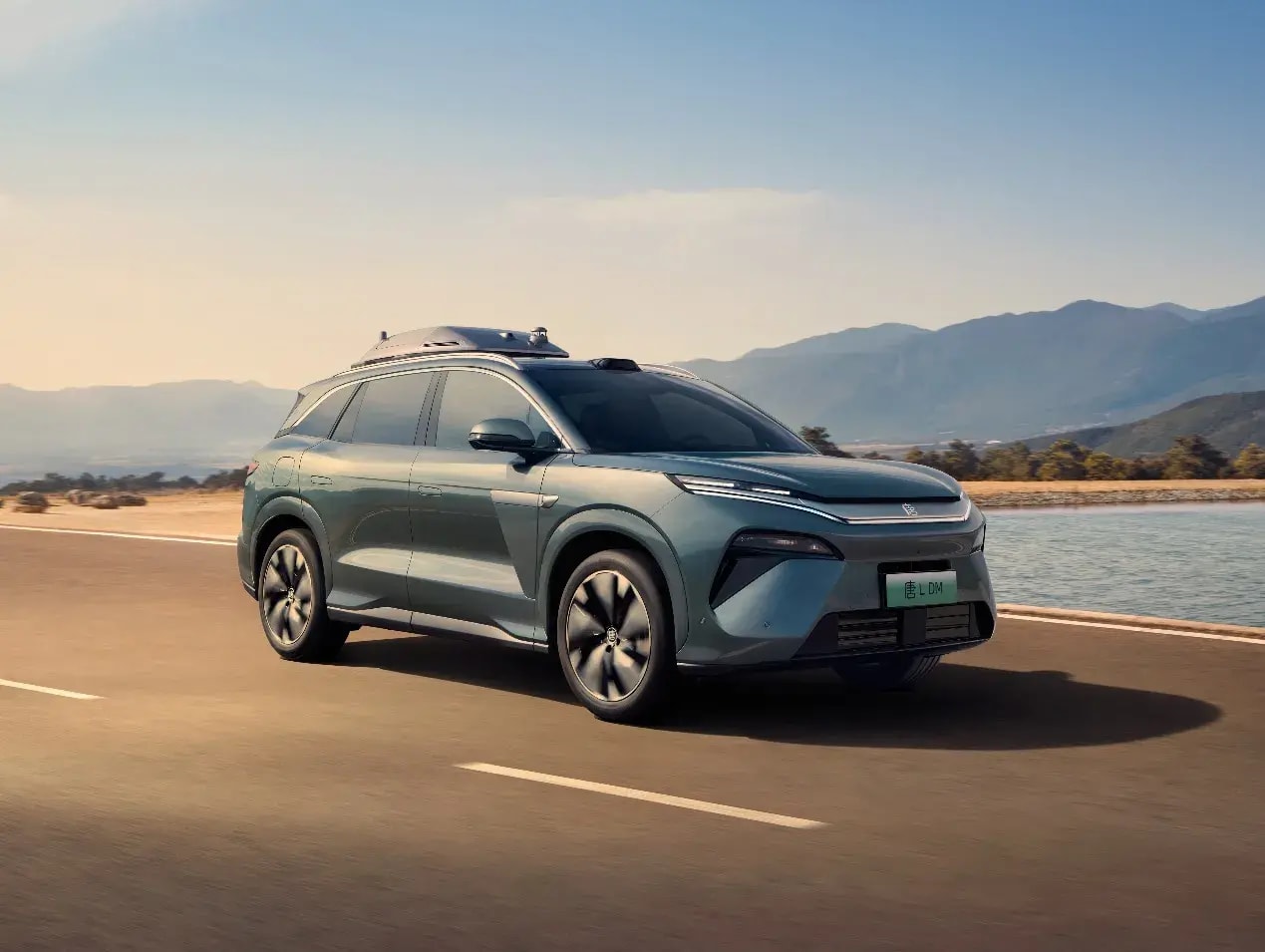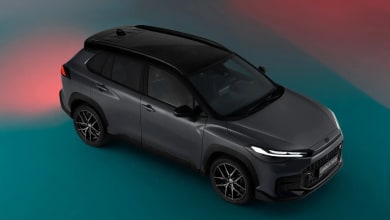BYD Unleashes Ultra-Fast Charging Han L Sedan and Tang L SUV, Shaking Up the EV Landscape

BYD (Build Your Dreams), a leading force in the new energy vehicle (NEV) sector, has officially launched its highly anticipated Han L sedan and Tang L SUV in China, introducing groundbreaking ultra-fast charging technology to the market. These flagship models from BYD’s prominent Han and Tang families promise to redefine expectations for EV charging speeds and offer compelling value, potentially disrupting the dominance of competitors like Tesla.
The launch event showcased both pure-electric (EV) and hybrid (DM) variants of the Han L and Tang L, with starting prices significantly lower than the pre-sales figures announced in March. This aggressive pricing strategy, coupled with the advanced technology on offer, positions BYD as a serious contender in the global EV market.
Unprecedented Charging Capabilities
A key highlight of both the Han L EV and Tang L EV is their ultra-fast charging capability, powered by BYD’s 1,000-volt high-voltage electrical platform. The Han L EV boasts the ability to gain 400 kilometres of range with just a five-minute charge and can charge from 10 percent to 70 percent in a mere six minutes. A full charge from 0 to 100 percent takes only 20 minutes. Similarly impressive, the Tang L EV can achieve 370 kilometres of range with a five-minute charge, charging from 10 percent to 70 percent in six minutes and completing a full charge in 29.7 minutes.
This remarkable charging speed is facilitated by the platform’s support for simultaneous charging with two charge guns, achieving a maximum charging multiplier of 10C for the Han L EV and 8.4C for the Tang L EV. BYD recognises the current limitations of charging infrastructure and has equipped both models with dual charging ports to maximise charging speeds with available high-power chargers. While true “megawatt” charging stations capable of delivering the full potential of this technology are still being rolled out, the inclusion of dual ports allows the vehicles to utilise two high-power chargers concurrently. BYD aims to deploy 4,000 flash charging stations across China to support this technology.
Model Variants and Performance
The Han L is available in three pure-electric (Han L EV) variants and three hybrid (Han L DM) versions. All Han L EV variants are equipped with BYD’s new blade batteries, featuring a capacity of 83.2 kWh and offering a CLTC range of either 701 km or 601 km. The pure-electric sedan is a mid-to-large-size vehicle with dimensions of 5,050 mm (length), 1,960 mm (width), and 1,505 mm (height), and a wheelbase of 2,970 mm.
Performance figures for the Han L EV are noteworthy. The two lower-priced variants are single-motor rear-wheel-drive models producing a peak motor power of 500 kW and a peak torque of 420 Nm, enabling a 0-100 km/h acceleration in 5.5 seconds. The top-tier Han L EV features dual electric motors, delivering a combined peak power of 810 kW and a peak torque of 860 Nm, resulting in an astonishing 0-100 km/h acceleration time of just 2.7 seconds.
The hybrid Han L DM shares the same dimensions as the EV version and is also available in single-motor and dual-motor configurations, utilising BYD’s fifth-generation DM-p hybrid technology and a 1.5T engine. The lower-priced DM variants feature a front motor with a peak power of 200 kW, achieving 0-100 km/h in 6.9 seconds, while the highest-priced DM variant adds a rear motor, reducing the acceleration time to 3.9 seconds. The Han L DM comes standard with a 29.4 kWh battery pack, offering a battery range of 200 km or 180 km and a combined range of up to 1,200 kilometers.
The Tang L SUV mirrors the Han L’s strategy with pure-electric (Tang L EV) and hybrid (Tang L DM) variants. The pure-electric SUV is also a mid-to-large-size vehicle, measuring 5,040 mm in length, 1,996 mm in width, and 1,760 mm in height, with a wheelbase of 2,950 mm. The Tang L EV is based on the same 1,000-volt platform and comes standard with a larger 100.5 kWh blade battery pack. The two lower-priced Tang L EV variants are rear-wheel-drive, utilising the same powertrain as the rear-wheel-drive Han L EV and achieving a 0-100 km/h time of 6.9 seconds. The highest-priced Tang L EV shares its powertrain with the top-tier Han L EV, accelerating to 100 km/h in 3.9 seconds.
The hybrid Tang L DM uses the same powertrain as the Han L DM but features a larger 35.6 kWh battery pack, offering battery range options of 215 km, 200 km, and 175 km, with a combined range of up to 1,270 kilometers.
Smart Technology and Market Significance
Both the Han L and Tang L models come equipped with BYD’s God’s Eye B smart driving system, featuring the DiPilot 300 smart driving solution and including LiDAR hardware. This system supports advanced driver-assistance features, including NOA (Navigate on Autopilot) in urban areas.
The Han and Tang families hold significant importance for BYD, representing their flagship sedan and SUV series. In 2024, the Han family contributed 6.05 percent to BYD’s NEV sales with 258,452 units sold, while the Tang family accounted for 3.59 percent with 153,365 units sold. BYD’s overall NEV sales continue to grow, with 377,420 units sold in March 2025, marking a significant year-on-year increase.
Pricing and Competitive Landscape
The starting prices for the Han L EV range from $29,910) to $38,352, significantly lower than the initial pre-sales range. Similarly, the Tang L EV starts at RMB $32,784 and goes up to RMB $39,619, also below the pre-sales estimates. These prices undercut competitors, with reports noting that the base Han L sedan costs less than the cheapest Tesla Model 3. The Han L DM starts even lower, at RMB $28,682.
BYD’s aggressive pricing and technological advancements are poised to intensify competition in the EV market, particularly in China, where it already holds a significant market share. The company’s focus on innovation, especially in charging technology, aims to alleviate “range anxiety” and make electric vehicles a more practical and appealing choice for consumers. With plans for global expansion, including a factory in Hungary and a UK research and development centre, BYD is positioning itself as a major global player in the electric vehicle revolution. The launch of the Han L and Tang L with their ultra-fast charging capabilities marks a significant step in this direction, potentially leaving Western automakers scrambling to catch up.
















